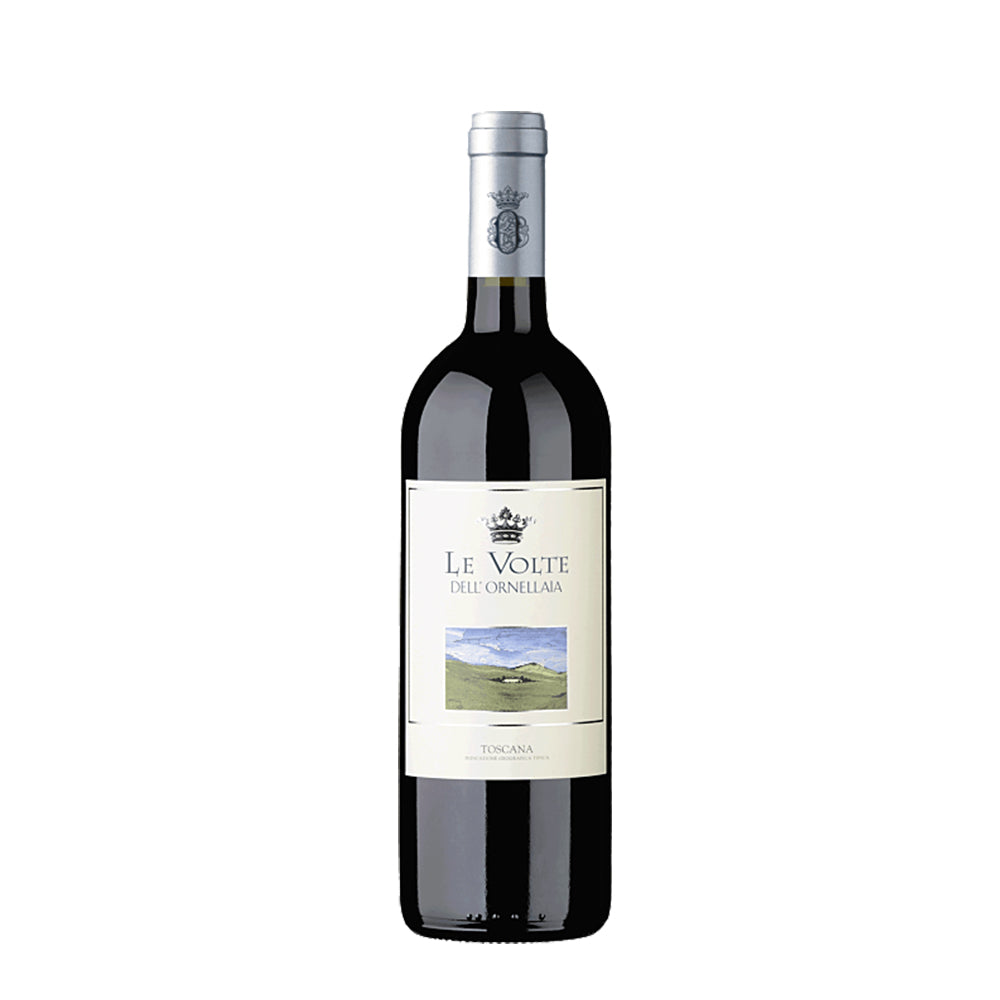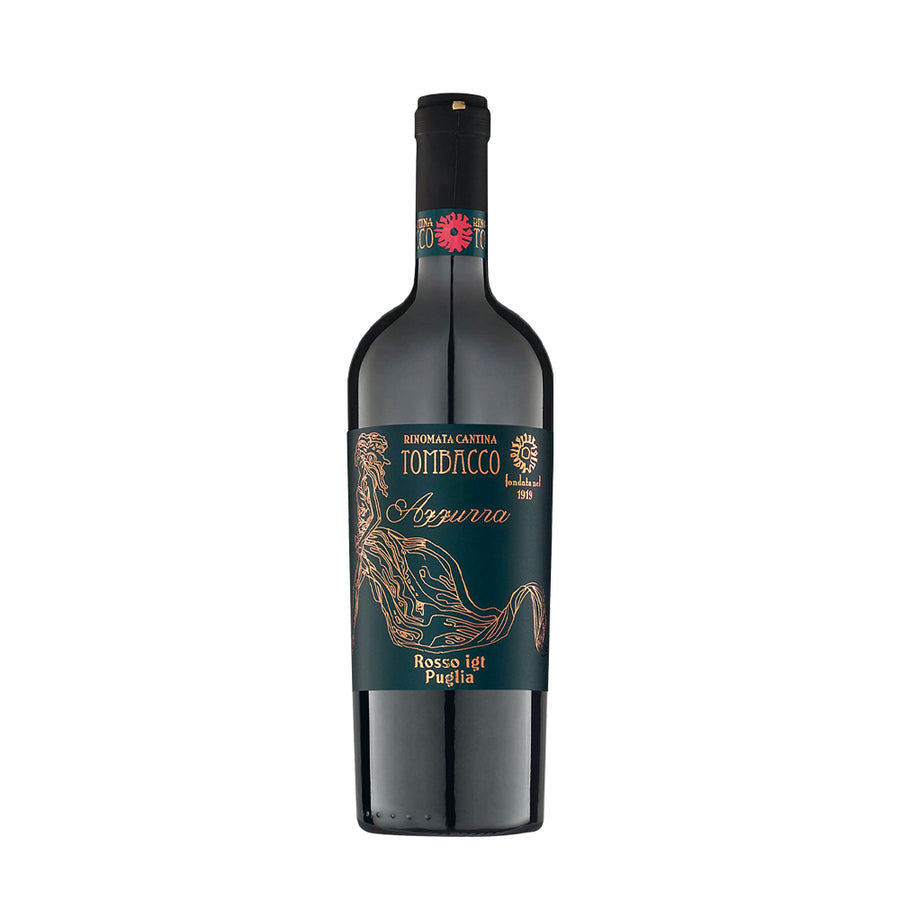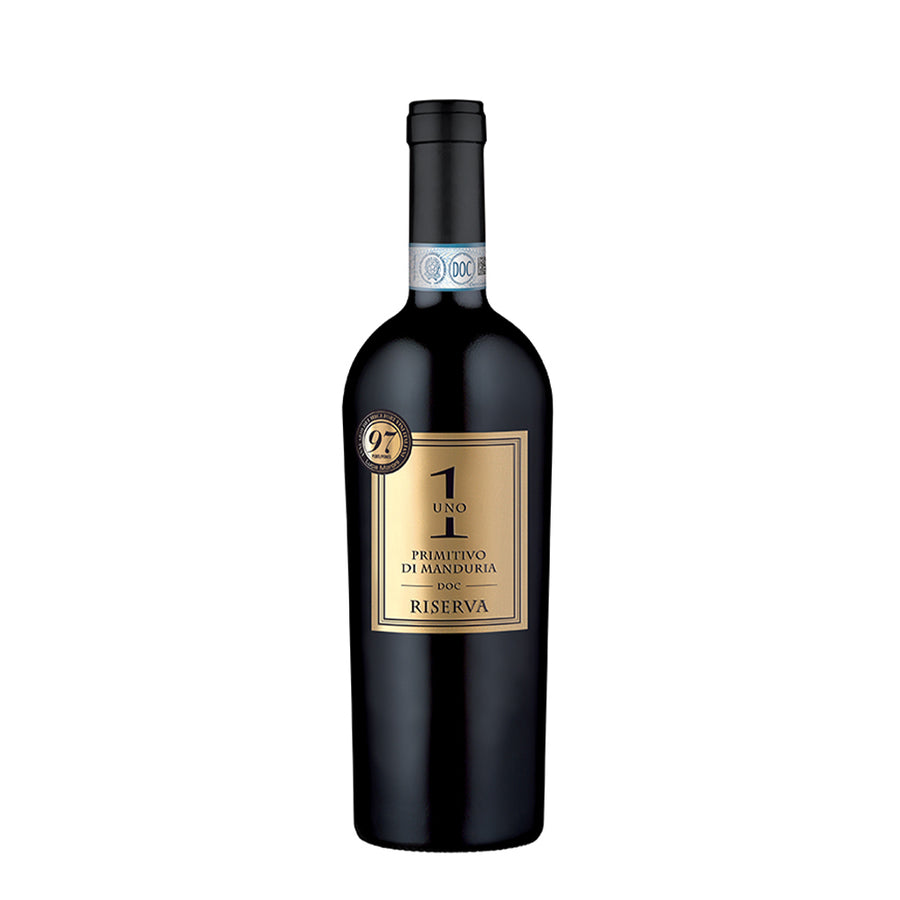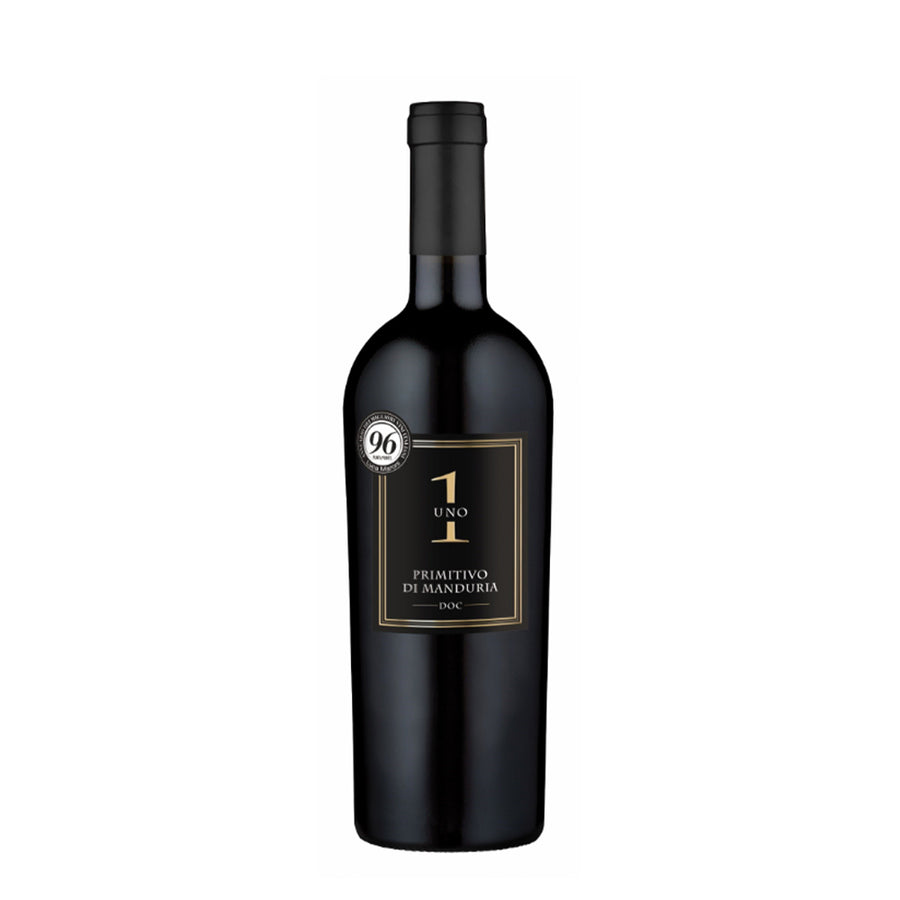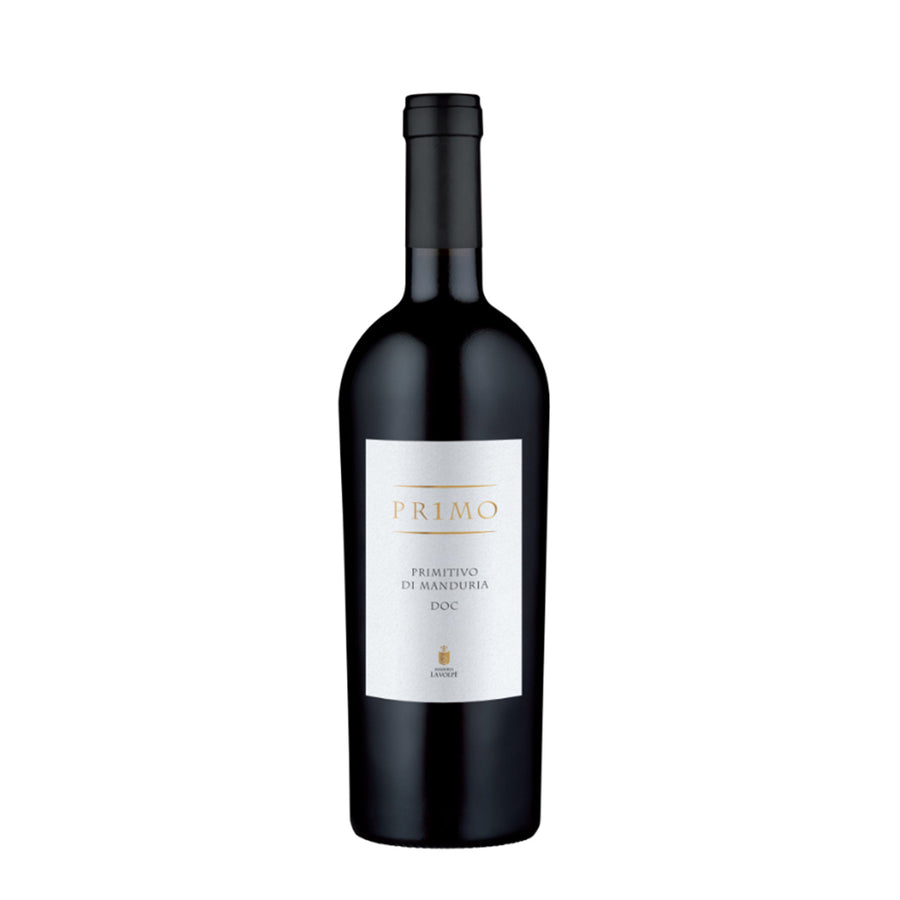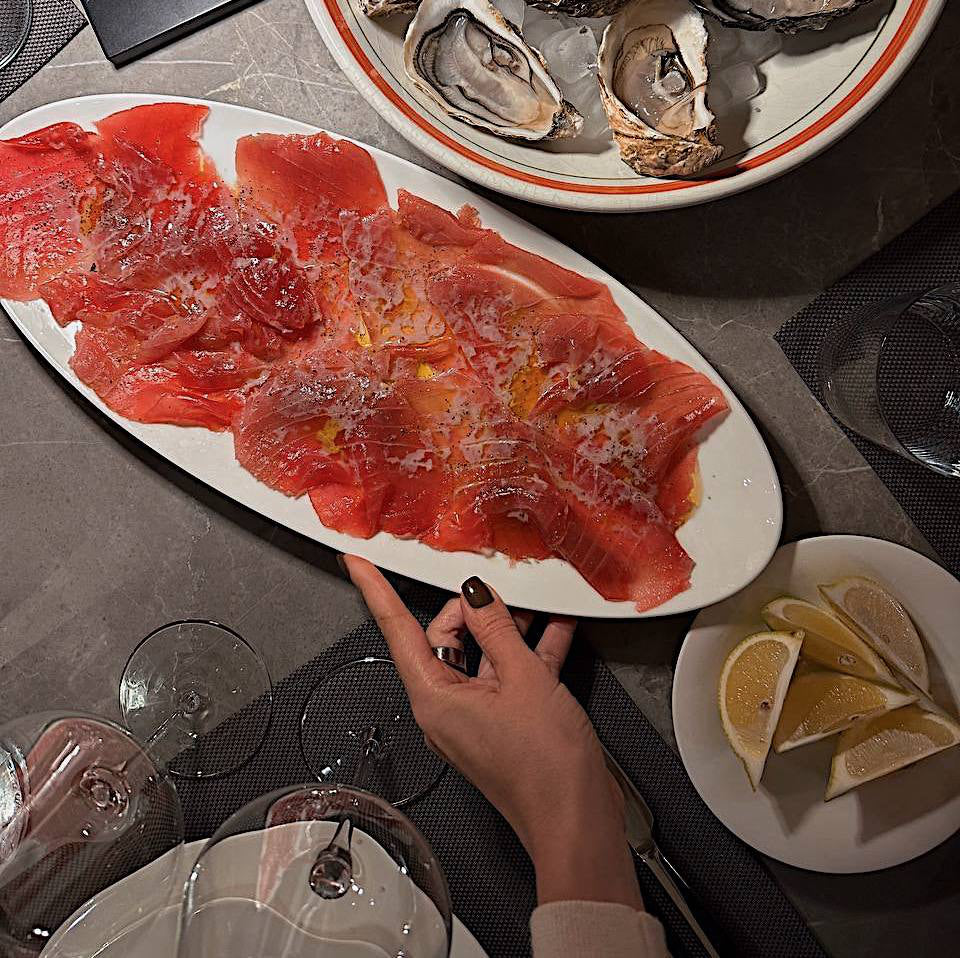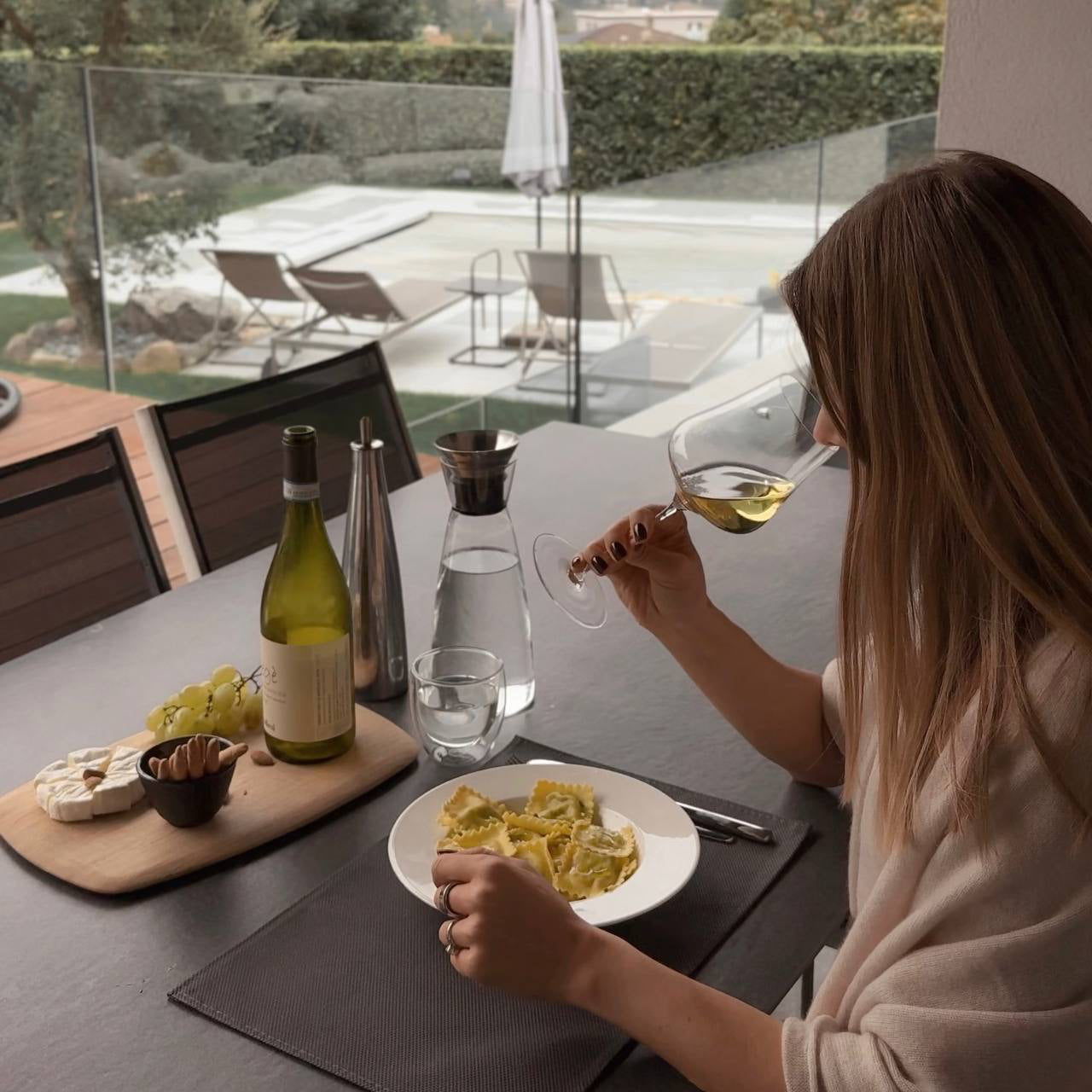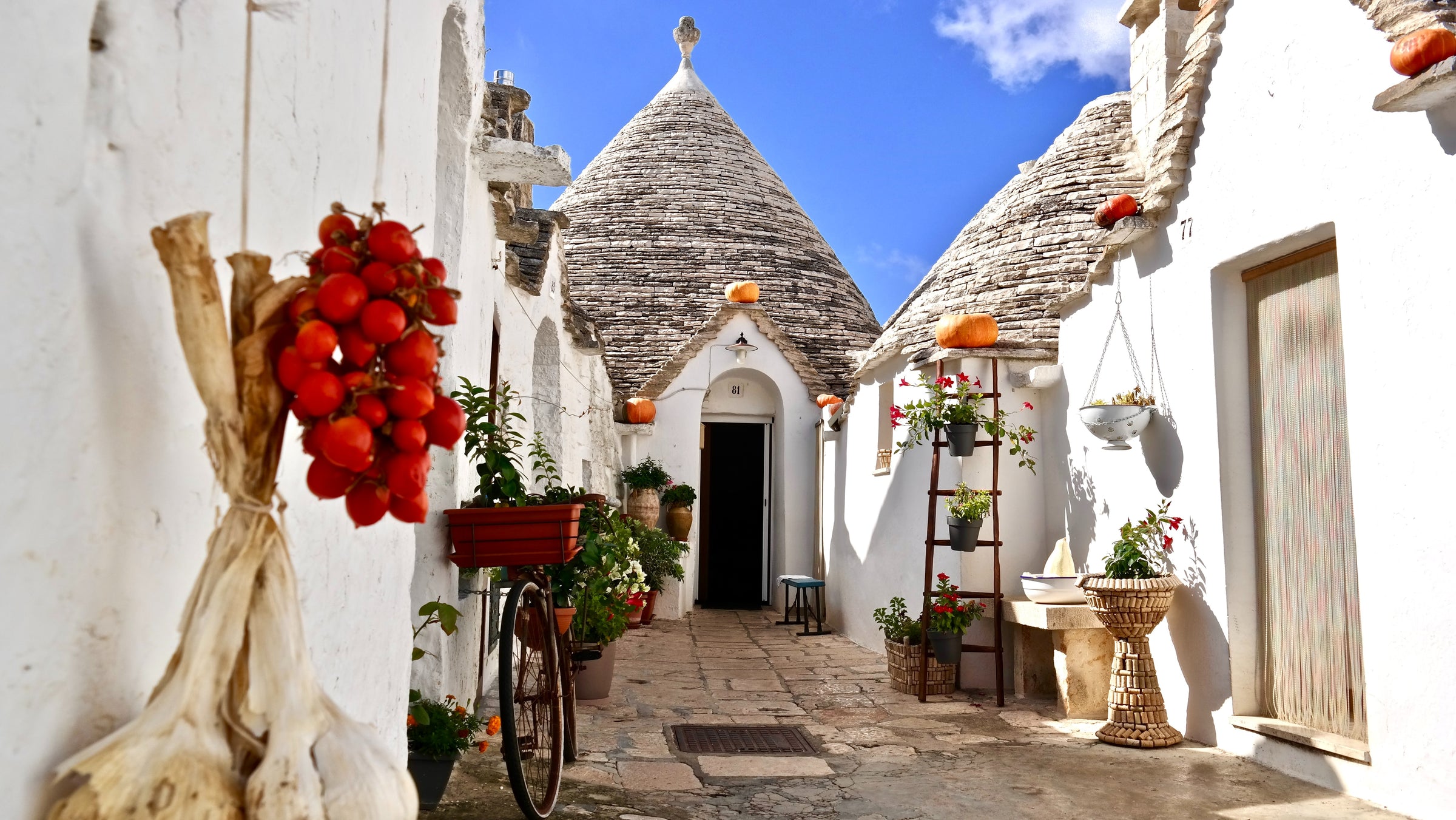
Puglia (Apulia to many English speakers) is a long, thin wine region in the far south-eastern corner of the 'boot' of Italy. To continue the footwear analogy often used to illustrate Italy’s shape, Puglia runs from the very point of the heel to just below mid-calf height, where the 'spur' of the Gargano Peninsula juts out into the Adriatic Sea.
The heel (the Salento Peninsula) occupies the southern half of the region, and is of great significance to Puglia's identity. Not only are there cultural and geographical differences when compared to northern Puglia, but the wines are also different. Where the north is slightly hillier and more connected to the customs and winemaking practices of central Italy, the south is almost entirely flat and retains a strong connection with its Greco-Roman past.
At the turn of the century, only a tiny percentage of Puglian wine was of DOC quality; that figure is now climbing steadily and new DOCs are being introduced. In 2010 the region even gained its first DOCG in Primitivo di Manduria Dolce Naturale, followed a year later by a trio of red wines lifted up out of the Castel del Monte DOC.
The "true" Puglia is to be found in the south, below the Brindisi–Taranto line, which traces the southernmost stretch of the Appian Way. Here the wines are made from grape varieties almost unique to the area, while in the north the prevalent grapes are those used all over central and northern Italy (such as Sangiovese and Montepulciano).
The most obviously full-blooded Puglian grapes are Negroamaro and Primitivo, while Verdeca is the only salient example among the whites in this hot, red-dominated region. Primitivo is at home in Manduria and Gioia del Colle, and creates robust, powerful wines known locally as "mirr test" (hard wine).
Negroamaro is more widespread and defines the red wines of the majority of southern Puglia's DOCs. The coastal town of Ostuni marks the northern boundary of this most Puglian of zones, with its whites based on Impigno (a crossing of Bombino Bianco and Quagliano) and rosés made from Ottavianello (Cinsaut). Sweet Muscat-based Moscato di Trani and Gravina (made from Greco Bianco) provide respite from the sea of red wines here. (© Wine-Searcher).


